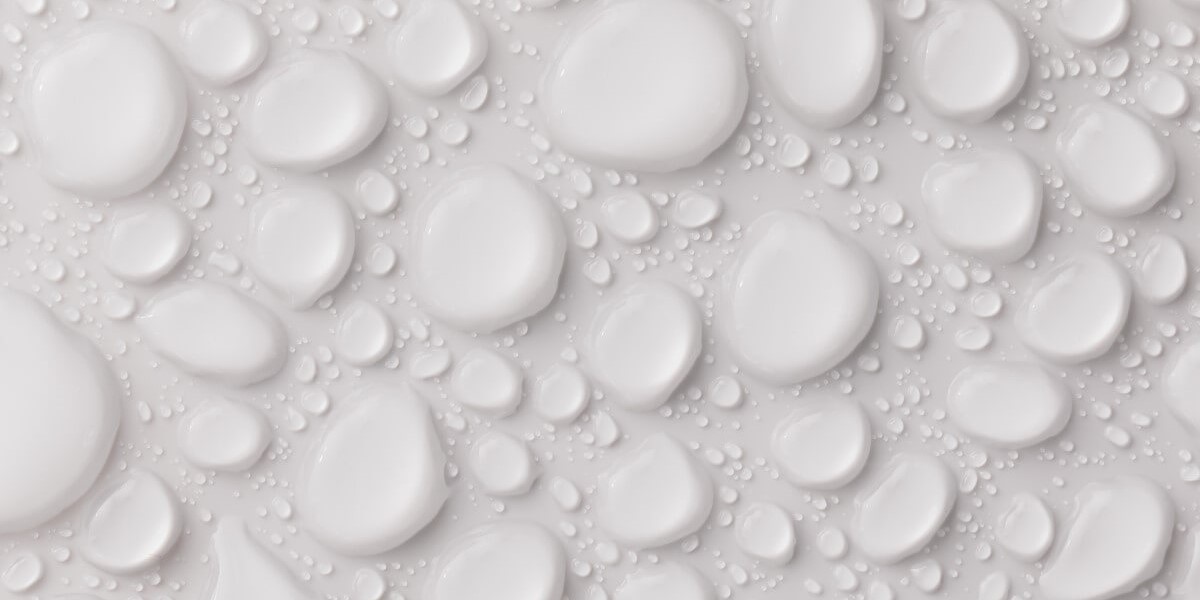Dealing with damp and mould in your rental property

Damp and mould is an issue no landlord or tenant wants to uncover, but if you do, this guide will help both parties with what to do. As well as who should take responsibility, we look at some preventative measures for damp and mould. It may not sound like fun, but can cause health problems if left untreated and can cause damage to furniture, so it’s worth taking seriously.
What is rising and penetrating damp?
Damp takes on a few different forms and can affect almost any type of property. Rising damp is when water from below a building rises up through porous materials, such as bricks and mortar. When houses are built they have a damp course laid within the walls, near to the ground to prevent rising damp, but it can fail over time, allowing rising damp to happen.
Penetrating damp is caused by things like leaky guttering, cracks in external walls, and faulty roofing, all which allow water to seep through into a property.
Condensation
Condensation appears when excess moisture in the air comes into contact with a cold surface, so you’ll likely have seen it on cold walls and windows. It can lead to mould growth and tends to be worse in winter. It can be caused by poor ventilation, poor insulation, or faulty heating, and ventilation systems in the property.
What causes mould?
All of the above issues can cause mould to grow. Damp that is left untreated or if the type of damp isn’t properly diagnosed can lead to mould in a property. Mould is a fungus that can affect people’s health and reduce the value of a property. It can appear in a variety of colours and textures, depending on the type of and extremity of the damp causing it. It could be green, fuzzy, black, or even blue.
What responsibilities does a landlord have?
Because there are different causes of damp and mould, tenants and landlords can have difficulty deciding who is responsible for fixing the problem. However, not only is it a good idea for a landlord to take responsibility for solving damp issues, it’s also a legal requirement under the ‘repairing obligations’ set out in Section 11 of the Landlord and Tenant Act 1985. The Act states:
“The structure and exterior of the dwelling-house” as well as “the supply of water, gas, electricity, and heating” must be kept in working order.
It’s always best to get an experts opinion on the type of damp first, as from a legal perspective, if mould is coming from rising or penetrating damp, it’s the landlord’s responsibility to solve the problem because both of these are caused by issues with the property’s structure and not a tenant’s lifestyle.
When damp is caused by condensation it is usually because the property needs to be properly ventilated and heated. If this isn’t due to heating systems or windows being broken (a landlord’s responsibility), the tenant needs to make some changes to help alleviate the problem. For example, cooking, hang washing inside, taking a hot shower, all create lots of moisture and can cause a lot of condensation. Plus, the more people there are in a property, the more moisture is produced.
Luckily, there are plenty of easy ways to keep condensation under control, which we have made a list of below under ‘prevention’. Mostly, it’s a case of opening windows when possible, drying washing outside, and making sure the property is heated evenly.
Property management and repairs
As rising and penetrating damp are caused by structural issues, landlords must get correct diagnosis before fixing the problem. If condensation is a major problem, especially if mould is forming, it can also be considered a structural issue. This means moisture clearly can’t escape from the property and the landlord needs to check why this is as it might be due to a structural issue.
Landlords should also be aware that treating damp is a mandatory repair under the Housing Health and Safety Rating System (HHSRS).
Prevention
To beat condensation the three main steps are: Improve ventilation, consider your heating and insulation, and clear away the condensation that does form. A landlord should also make sure that that the roof, guttering and drains are all kept in good working order, particularly after heavy rain, storms or snow.
Some other tips include:
- Wipe down windows and sills every morning
- Deal with steam from cooking, always cover pans and pots when cooking
- Get rid of bathroom moisture, keep the door of the bathroom closed and open a window when showering
- Open a window for at least 15 minutes each morning
- Keep a property evenly warm, especially during the colder months
- Don’t hang clothes to dry inside
haart and landlords
Thinking of letting? See our dedicated landlord’s hub featuring plenty of handy online guides and information like haart’s Top tips for landlords
If you are looking to become a landlord, but not sure you want to handle all the paperwork, haart provides property management services, too. Contact your local branch for assistance with finding tenants, referencing, and a lot more.